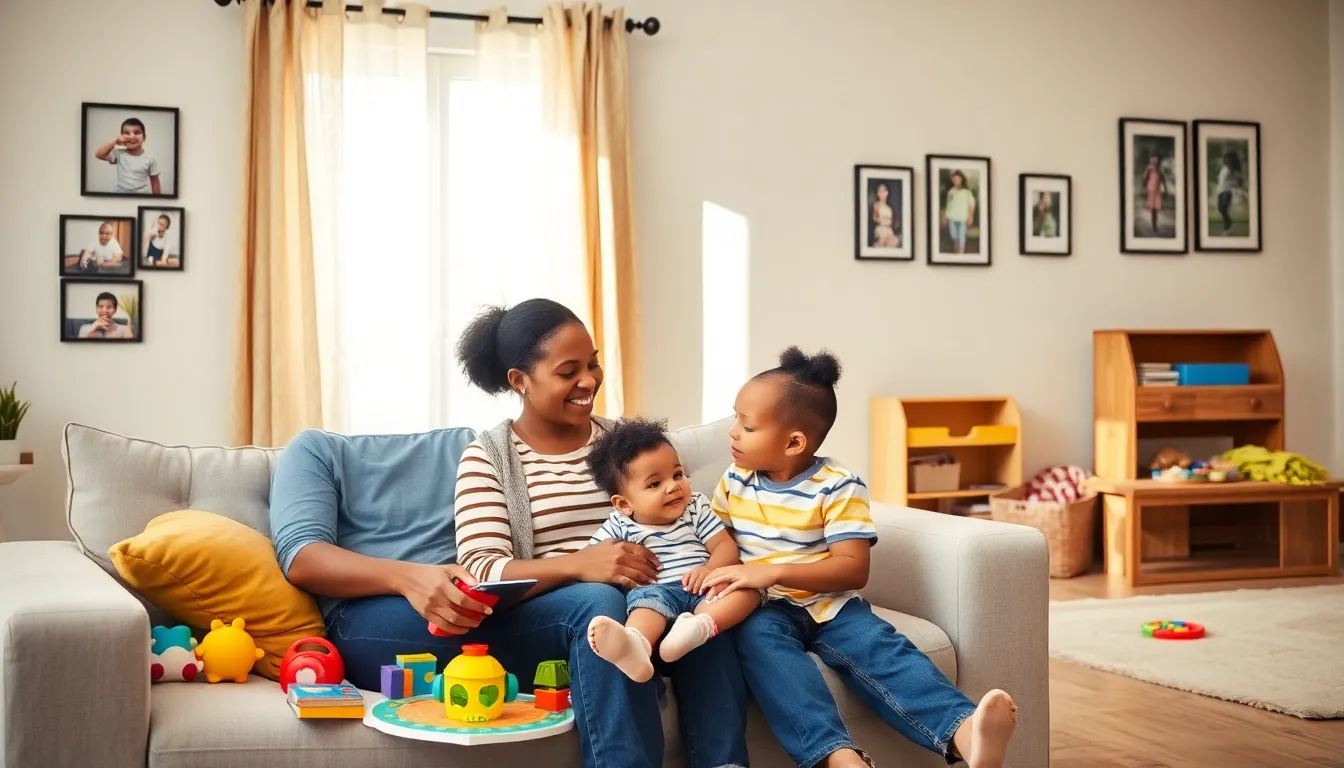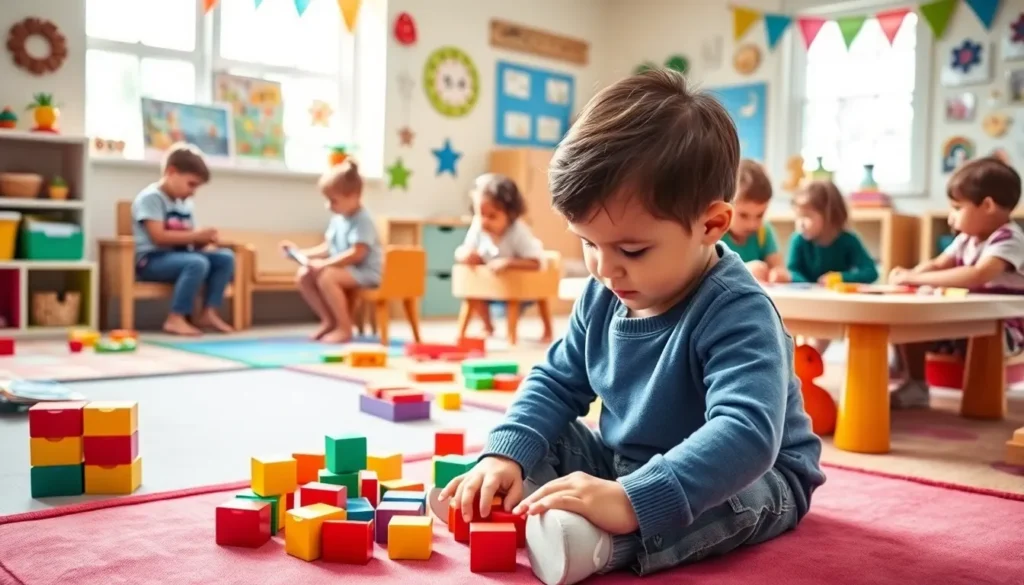When it comes to providing a loving home for children, many people find themselves weighing their options between fostering and adoption. Both paths are rewarding but come with their own unique challenges, think of it as choosing between a cozy coffee shop and a bustling bakery: both have their treats, but the ambiance is entirely different. If you’re considering becoming part of a child’s life in either of these ways, hang tight, we’re about to navigate through the maze of fostering and adoption, shedding light on what sets them apart, while keeping things light-hearted yet informative.
Table of Contents
ToggleWhat Is Fostering?

Fostering refers to temporarily taking care of a child whose biological parents are unable to provide a safe and stable environment. Essentially, foster care is a loving short-term solution aimed at eventually reuniting the child with their family. In short, fostering is like being a safe harbor on a child’s journey.
Types of Foster Care
There are several types of foster care models:
- Traditional Foster Care: The most common type, where children live with foster families who provide care until they can return home.
- Respite Care: This is a short-term arrangement to give regular foster parents a break, offering temporary care for children.
- Emergency Foster Care: Aimed at providing immediate shelter for children who need a safe place quickly, often in crisis situations.
- Therapeutic Foster Care: This involves specialized care for children with emotional, behavioral, or mental health needs, often requiring a trained caregiver.
Who Can Be a Foster Parent?
Fostering isn’t reserved for superheroes. Anyone with a stable home environment can potentially become a foster parent. Candidates generally need to meet certain age and residency requirements, and they should be willing to complete training and background checks. If you have the love, the patience, and an extra room (or two), you may just fit the bill.
Pros and Cons of Fostering
Fostering comes with its highs and lows:
- Pros: You can make a significant impact in a child’s life while helping maintain their family connections. Plus, you get to experience the joys (and struggles) of parenthood, even if it’s temporary.
- Cons: The nature of fostering can be unpredictable. Foster parents often deal with children who have faced trauma, which can lead to challenging behaviors. Also, the emotional rollercoaster of watching a child leave can be tough.
What Is Adoption?
Adoption, on the other hand, involves permanently taking a child into your family and legally becoming their parent. It’s a lifetime commitment, ideal for those looking to grow their family tree without the need for a shovel.
Types of Adoption
Adoption can come in several forms:
- Domestic Adoption: This involves adopting a child from within your country, often through agencies, independent arrangements, or foster care systems.
- International Adoption: Adopting a child from another country, often involving complex legal procedures due to different jurisdictions.
- Open Adoption: This arrangement allows communication between the birth family and the adoptive family, which can help maintain the child’s connections.
- Closed Adoption: In contrast, this keeps all identifying information confidential and does not allow contact between the birth family and the adoptive family.
Who Can Adopt?
Almost anyone can adopt, provided they meet specific criteria. Many agencies require that adoptive parents be over a certain age, financially stable, and healthy both physically and emotionally. The journey often involves thorough background checks and home evaluations to ensure a safe environment for children.
Pros and Cons of Adoption
Every rose has its thorns:
- Pros: Adoption offers permanence in the child’s life, giving a child a sense of belonging and stability. Sometimes it’s a dream come true for people yearning to expand their families.
- Cons: High costs and lengthy processes can pose challenges. Plus, some adopted children might struggle with identity issues or questions about their birth parents, which can add layers of complexity to the relationship.
Key Differences Between Fostering and Adoption
Understanding the key differences between fostering and adoption can help clarify which path is best for potential parents.
Emotional Considerations
Fostering and adoption come with different emotional stakes. Fostering is often temporary, involving the emotional challenge of potentially losing a child you have come to love. On the flip side, adoption is about permanence. It represents a long-term emotional commitment where the relationship grows over time, albeit with its own set of complexities about the child’s background.
Legal Considerations
Legally, fostering does not grant full parental rights, meaning the biological parents may still have legal recourse to reclaim their children. In comparison, adoption terminates all parental rights of the biological parents and gives the adoptive parents full legal authority over the child, with all the rights and responsibilities that entails.
Choosing the Right Option for You
Deciding whether to foster or adopt is no small feat, and various factors ought to guide your choice.
Factors to Consider Before Fostering or Adopting
- Time Commitment: Consider whether you’re looking for a lifelong commitment or a shorter-term engagement.
- Financial Readiness: Assess the costs involved in both scenarios. Adoption can be financially demanding upfront, while fostering often includes some support.
- Emotional Preparedness: Gauge your emotional capacity and resilience for the uncertainties that may come with fostering or the complexities of adoption.
- Lifestyle Compatibility: Think about how fostering or adopting will fit into your current lifestyle. Some families thrive in chaotic, energetic environments, while others may need a more controlled atmosphere for their new family member.
Resources for Prospective Foster or Adoptive Parents
Navigating the world of fostering and adoption can feel overwhelming, but plenty of resources are available to help prospective parents:
- Local Agencies: Reach out to child welfare agencies in your area for information and training.
- Online Communities: Websites and forums where current and past foster and adoptive parents share their experiences can be invaluable.
- Support Groups: Look for local support networks offering guidance, emotional support, or even a friendly ear to listen.
- Books and Articles: Insightful literature can provide knowledge and different perspectives on the fostering and adoption processes.




